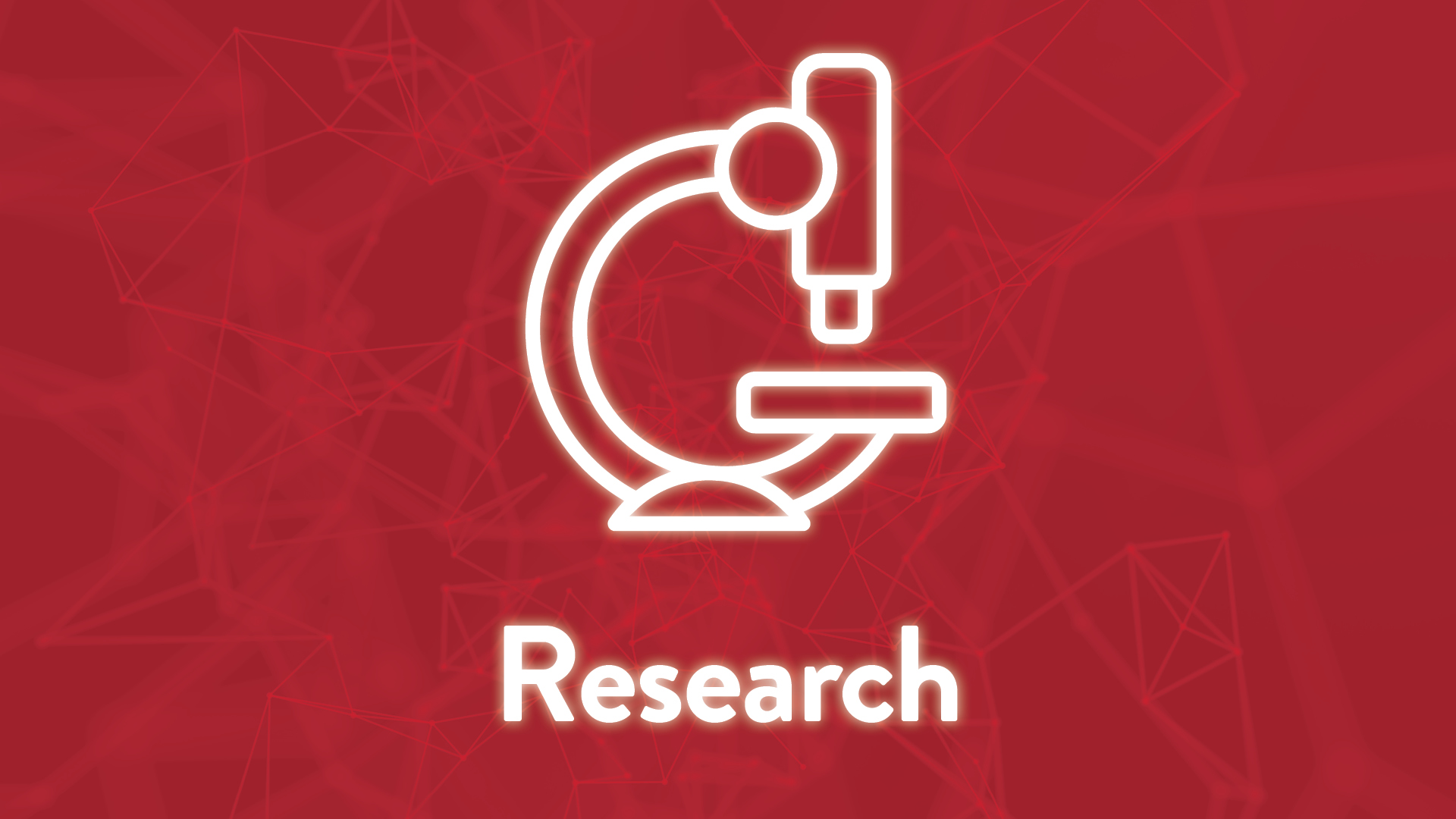There is still considerable debate about the clinical utility of quantitative EEG (qEEG). On the one hand, experienced EEG reader neurologists consider qEEG unnecessary and misleading, as it neglects morphology, context, and detailed time behavior. On the other hand, other clinicians consider qEEG a valid and reliable indicator of brain function relevant to many conditions and disorders. However, despite the ongoing debate, we have seen a surge in the clinical use of qEEG in the last two decades. This is the case of trending analyses during continuous EEG in critically ill patients in Intensive Care Units (ICUs). These trending analyses use non-classical quantitative measures for continuously monitoring brain function. These non-classical measures include frequency band ratios, asymmetry indices, spectral edge frequency, and entropy, among others. Several authors have demonstrated important clinical uses of these quantitative measures. Therefore, there is a need to expand the use of qEEG beyond classical measures, particularly in epilepsy.
Start date: 1 January 2021 | Proposed end date: 31 December 2025
Region: Latin America
Languages: English, Spanish
Lead institution: University of Guadalajara
Location: Guadalajara, Mexico
Principal investigator / organizer: Dr. Alioth Guerrero Aranda
Patient age: All ages
Type of project: Clinical, Research
Funding sources: Personal, Private
Project needs: Volunteers and researchers with experience in EEG signals processing interested in collaborating with a large multicenter database of EEGs from patients with epilepsy
Contact Person: Dr. Alioth Guerrero Aranda

